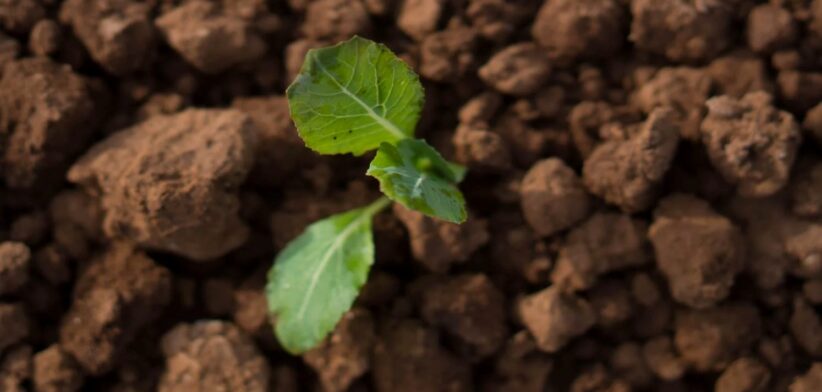Australian researchers are looking at using crushed rock dust to store carbon and improve soil quality for primary producers.
Led by The University of Sydney, a four-year project will determine whether enhanced rock weathering (ERW) – a method that involves applying finely crushed rocks to agricultural soils – was an effective approach for Australian soils and growing conditions.
Hort Innovation CEO Brett Fifield said the Hort Innovation Frontiers-backed project could offer growers a practical way to capture carbon and improve soil health at scale.
Mr Fifield said trials were now underway across multiple farming regions.
“This project is a bold step toward climate-smart horticulture. By harnessing the natural power of rock dust, we’re supporting carbon capture and helping growers build healthier, more resilient soils, supporting productive horticulture for years to come.”
University of Sydney Professor of Soil Science Balwant Singh said the research looked at a process that occurred when rock minerals reacted with dissolved CO₂ in soils, and formed bicarbonate ions which either remained in the soil or were carried by water into the ocean.
“In both cases, CO₂ is removed from the atmosphere and locked away for thousands of years. This process not only helps mitigate climate change but also releases essential nutrients like potassium, magnesium, and calcium, which can enhance soil health and crop productivity,” Professor Singh said.
He said the research team would trial a range of rock types across different soil profiles and climate zones to test performance including field, glasshouse and laboratory trials.








